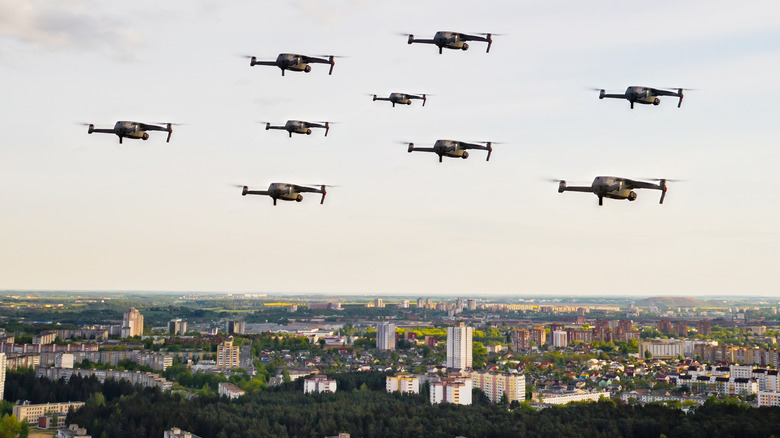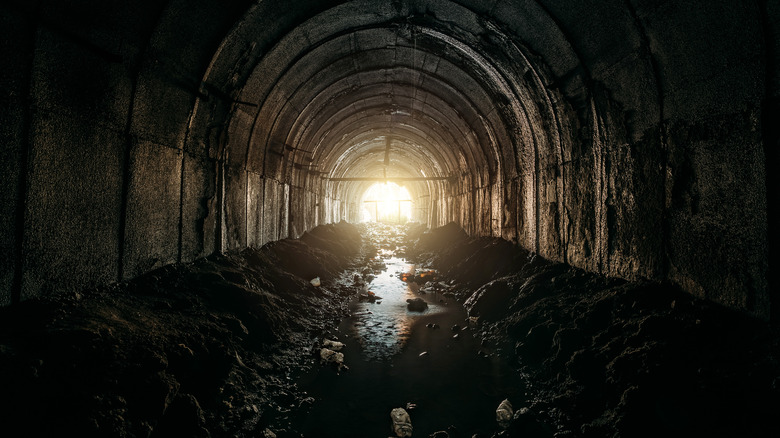Drones Are Now Doing Dirty Jobs That Humans Don't Want To Do
When the tech industry talks about drones, certain topics tend to dominate. Drones can revolutionize medicine. Drones will advance exploration in space and the deep sea. Drones will reinvent the supply chain. There's another aspect that doesn't get as much attention, however: using these unmanned aerial vehicles to do the jobs humans would rather avoid. An example of that comes from Scotland, where modern cities like Edinburgh and Glasgow make do with sewers from the Victorian era – ones dug by hand, built of plain brick and mortar, that are in no way up to the sanitary needs of the millions of people they serve every year.
The Scottish EPA recently laid out plans for a comprehensive restructuring of the nation's sewage system, but the problem is labor. In short, most workers don't want to wade through miles of human waste just to keep the pumps running. Leaving aside the frankly gross nature of the project, these are outdated, crumbling systems processing materials at scales far beyond their tolerance. The same problems that make rebuilding failing sewers necessary also make them profoundly unsafe to work in, and that's where drones come in.
It's a dirty job, so let the robots do it
Some of the earliest wide-scale applications of modern drones used them as platforms for Light Detection and Ranging (LIDAR). Drones equipped with this technology have succeeded in a wide variety of tasks ranging from mine planning to emergency search and rescue (via MIT). For its part, the utility company Scottish Water plans to use LIDAR drones to survey crumbling sewers and identify problem areas, according to a September 2022 report from the BBC. One drone-powered sewage survey has already taken place in Glasgow with more expected to follow.
Crucially, the impact of drones on the Scottish Water workforce is predicted to be minimal. Though the drone does the work of 15 people, the company expects to add jobs as a result of the new survey method, with more workers needed to map the drones' discoveries and engineer solutions. The method is touted as better for the local populace at large, too, as the drone surveys are said to be more accurate, making repairing and maintaining the sewage system cheaper while also (hopefully) cutting down on the pollution and floods caused by the aging infrastructure.
Obviously, the survey has only begun -– the long-term effects of this application of drone tech have yet to be determined. Scottish Water already notes, however, that drone-based surveys cut down on emissions by reducing how many vehicles must be driven to the entry sites. Thus far it's a promising start for considering the needs of workers in a post-automation world, one increasingly threatened by climate change.

